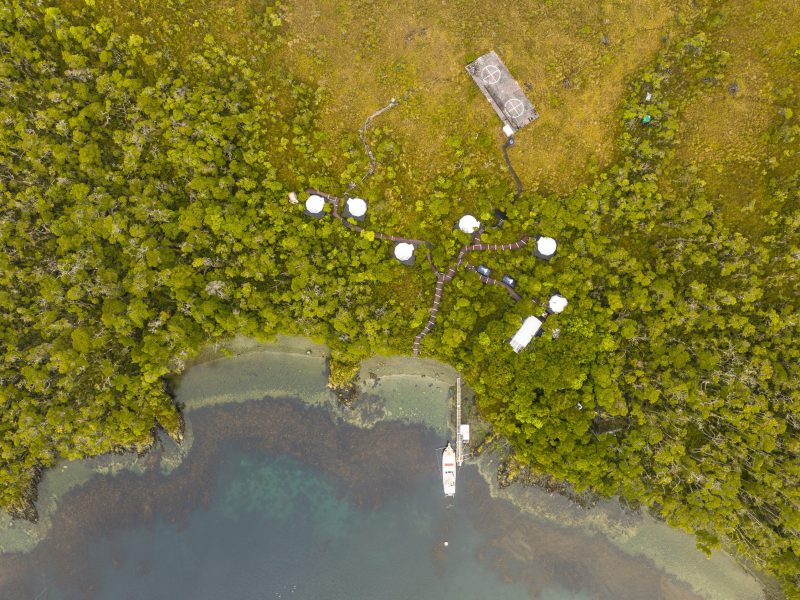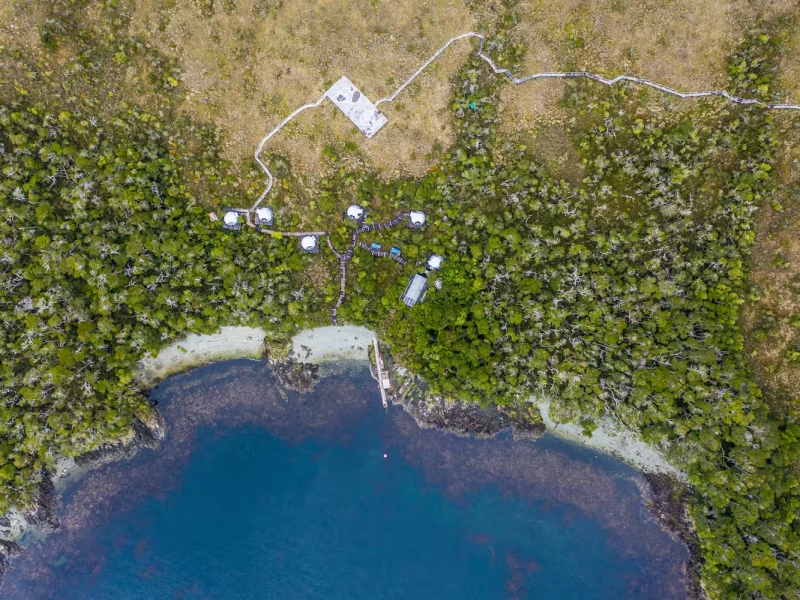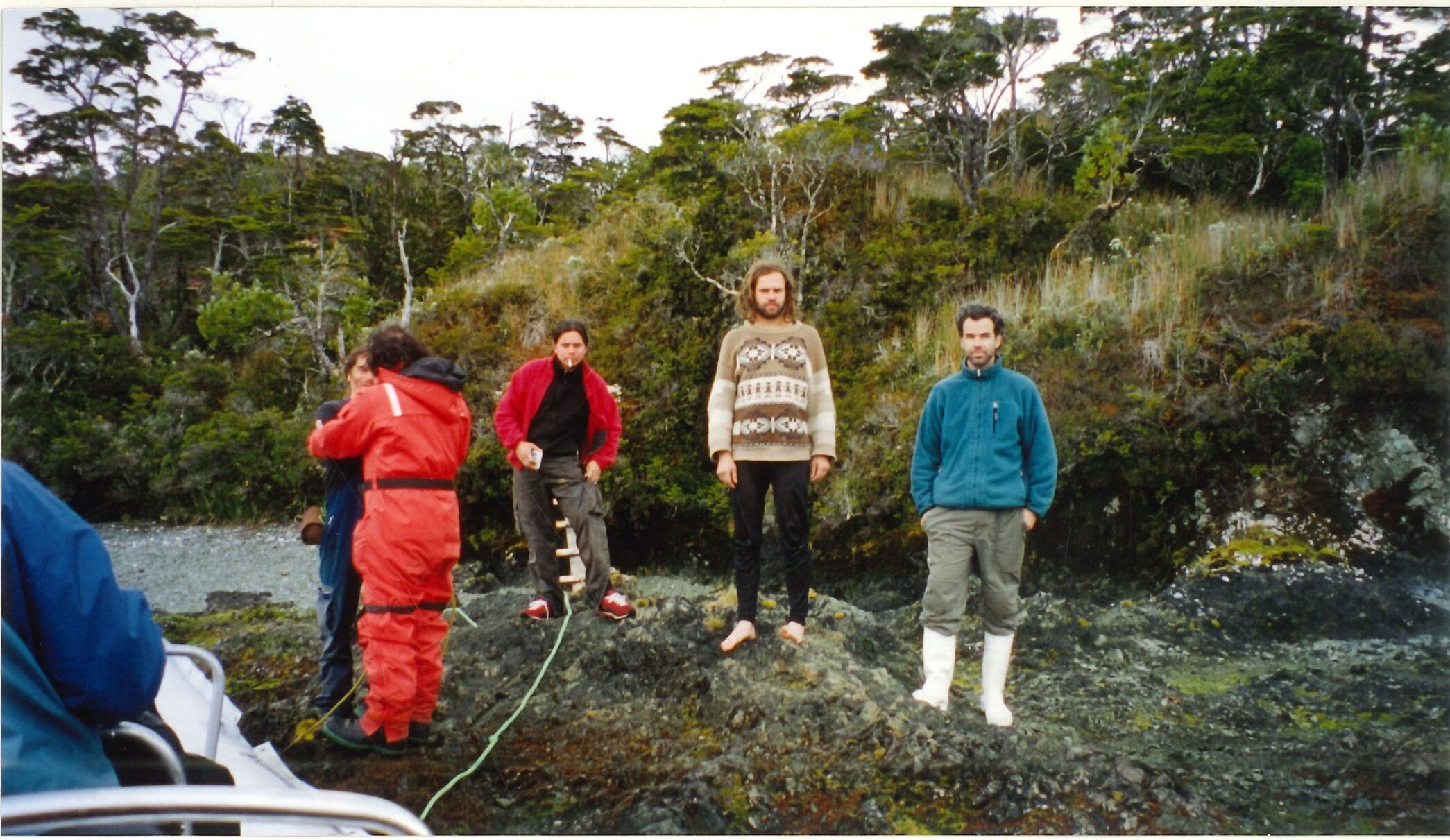What are those scars on whales' tails?
- Published: 2018
- Authors: Juan Capella, Fernando Félix, Lilián Flórez-González, Jorge Gibbons and collaborators
- Download the full study here
Study summary
This work reveals how the humpback whales (Megaptera novaeangliae) from the southeastern Pacific and Antarctica present parallel markings on their caudal fins (flukes) product of encounters with orcas (Orcinus orca). These marks, known as rake marks, are evidence of non-lethal attacks by this marine predator.
The study examined more than 3000 whales (adults and young) from 7 feeding and breeding areas between Panama and Antarctica, collected between 1986 and 2015.
Do orcas attack humpback whales?
Yes, and especially the young. The 11.5% of the adults and the 19.5% of the young showed signs of attacks.
In areas of reproduction, only 9% of the offspring had scars.
In feeding areas like the Strait of Magellan, the figure rose to 34%.
This indicates that killer whales attack mainly during the first migration of the young from the tropics to the south.
What was discovered?
Scars are almost always acquired once in a lifetime, with the young being the most vulnerable.
No new scars were observed on already tagged whales or untagged adults over more than 15 years.
There were no sex differences: both males and females showed scars in similar proportions.
What implications does this have?
Although the scars are not fatal, they are evidence of important ecological interaction.
Mother whales with previous scars would have greater survival of their offspring, possibly by having learned evasion tactics.
Orcas do not frequently attack adults, suggesting that these interactions occur at very specific life stages.
The role of Whalesound
As a scientific organization active in the Strait of Magellan, Whalesound has contributed years of whale data and images to this research. Our voyages not only seek to connect people with nature, but also to generate vital information for conservation.
















